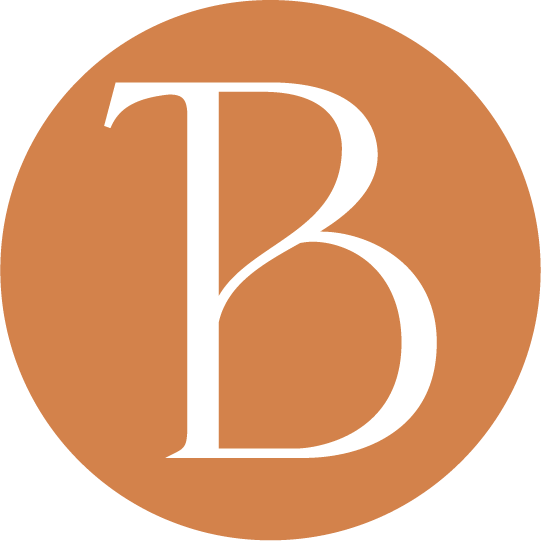Immune System 101
As my next day retreat’s focus is the immune system and I feel so many want to be more informed about our immune system in light of the current concerns of Coronavirus, I wanted to put pen to paper, well fingers to keyboard, and provide an immune system overview for you, it’s quite dense, but I hope I’ve managed to make it engaging for you - happy reading.
The immune system acts to protect us, often with such efficiency, it goes unnoticed. The system is a complex network of specialised cells and tissues that interact through cell signalling molecules (cytokines), cell membrane receptors and intracellular mechanisms. Immune cells are found in nearly every tissue in the body, acting like bouncers at a nightclub detecting both foreign “antigens” (trouble makers) or damaged cells that have the potential to do harm.
What has the gut to do it?
The immune system is one of our most important surveillance mechanisms, and it is also co-ordinated by two other systems designed to help us respond to the environment around us:
And The Gastrointestinal tract, or gut!
Even though the immune system is most commonly measured by immune cell numbers (white blood cells and their sub-sets) or cytokines (immune cells communication molecules) in the blood, most activity of the immune system occurs in specialised mucosal membranes that make up the gastrointestinal tract, respiratory, genitourinary tract and the lungs. The largest portion of this is in the gut - and called the gut-associated lymphoid tissue (GALT), where it’s documented that up to 80% of all mature immune cells live and function .
The Innate and Adaptive Immune System
The immune system is divided into two arms, the innate and adaptive. Innate immunity is our first line of defence and includes:
Physical barriers (skin and mucous membranes in the gut, as I've just mentioned previously)
Chemical barriers (stomach acid)
Secretory barriers (enzymes and sIgA)
Immune cells that start the inflammatory process regardless of whether or not the body has seen this trigger before them before such as neutrophils, eosinophils, macrophages, dendritic cells, mast cells and natural killer cells.
These natural killer cells are of particular importance in the current climate of the fear of coronavirus, as they are a vital part of "killing " viruses.
Our second line of defence is the adaptive which responds over time. The primary cells involved are T & B lymphocytes. Much of the communication and interaction between the innate and adaptive immune response comes through the process of antigen presentation. Particles of the antigen (a bacteria, a virus, some damaged tissue, a food protein) are engulfed by these presenting cells (like a pac man!) and then small parts presented on a receptor in their cell membrane like a little waiter holder up a platter of canapes. This platter in science is termed a MHC (major histocompatibility complex.
When the antigen-presenting cell docks with a T cell that recognises the particular antigen being presented together with an appropriate secondary co-stimulation of receptors by other signalling molecules (cytokines) the T cell (which at this point is a naive T cell - TH0), differentiates into one of several mature T cells.
It’s the structure of molecular patterns on the “antigen” that act like keys into a suitable lock that trigger toll-like receptors to illicit that secondary co-stimulatory response. The two basic types of molecular patterns are either 1) pathogens (PAMS-pathogen associated molecular structures) or 2) tissue damage (DAMPS - damage-associated molecular patterns).
We can see from this image, courtesy of Nature Reviews Microbiology, 5, 491-504, the differing Toll like receptors (TLR) - the lock that fit the patterns ( keys) for bacteria, fungi, parasites, endotoxin etc
Oh do grow up
Now, it's time for these naive T cells to grow up and differentiate, again this is wholly dependant of the milieu of co-stimulatory cytokines and the antigen itself. The three most understood subsets are Th1 (T-Helper), Th2 and Th17. While Th1 and Th2 are needed if Th2 becomes over represented, immune system dysregulation occurs and free-fall into on-going inflammatory response and autoimmunity is likely.
Specialised populations of T lymphocytes (called regulatory T cells) act to balance the immune response away from too low a Th1 and too dominant Th2 . They promote tolerance, prevent autoimmune diseases such as type 1 diabetes, Hashimoto’s and limit chronic inflammatory diseases such as asthma and inflammatory bowel disease. If regulatory T cells are not doing their job, the immune system can become overactive towards a TH2 and Th17 response, which is a hallmark of autoimmune disease. People with autoimmune disease often have low levels of T regulatory cells, and improving T regulatory cell function can improve autoimmune disease. There are also lifestyle factors that will lower Th1 and natural killer cells and therefore allow one to become more vulnerable to a virus, sinus issues, allergies and autoimmune progression: cortisol, dysregulated blood sugar, gut dysbiosis, oestrogen dominance and other infections.
There are natural treatments to increase T regulatory cells, including: Vitamin D, Vitamin A, Glutathione, curcumin, and medicinal mushrooms and to improve an anti-viral Th1 drive of those natural killer cells with zinc, medicinal mushrooms and vitamin C.
In health, Tanya x



